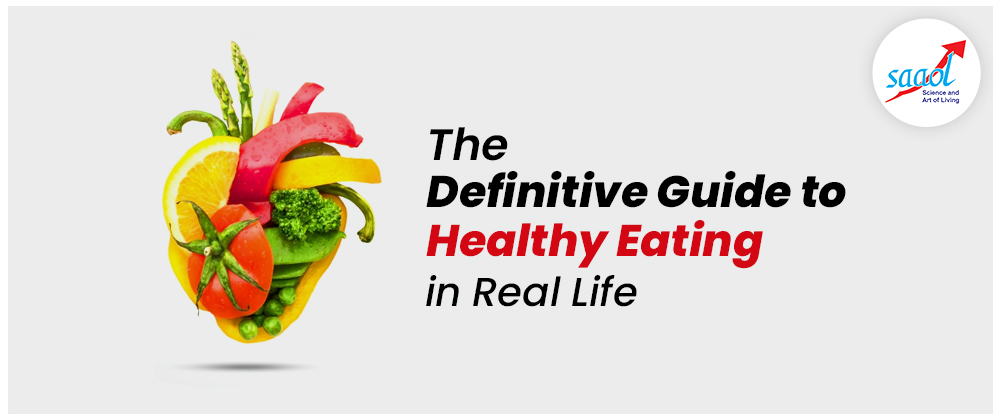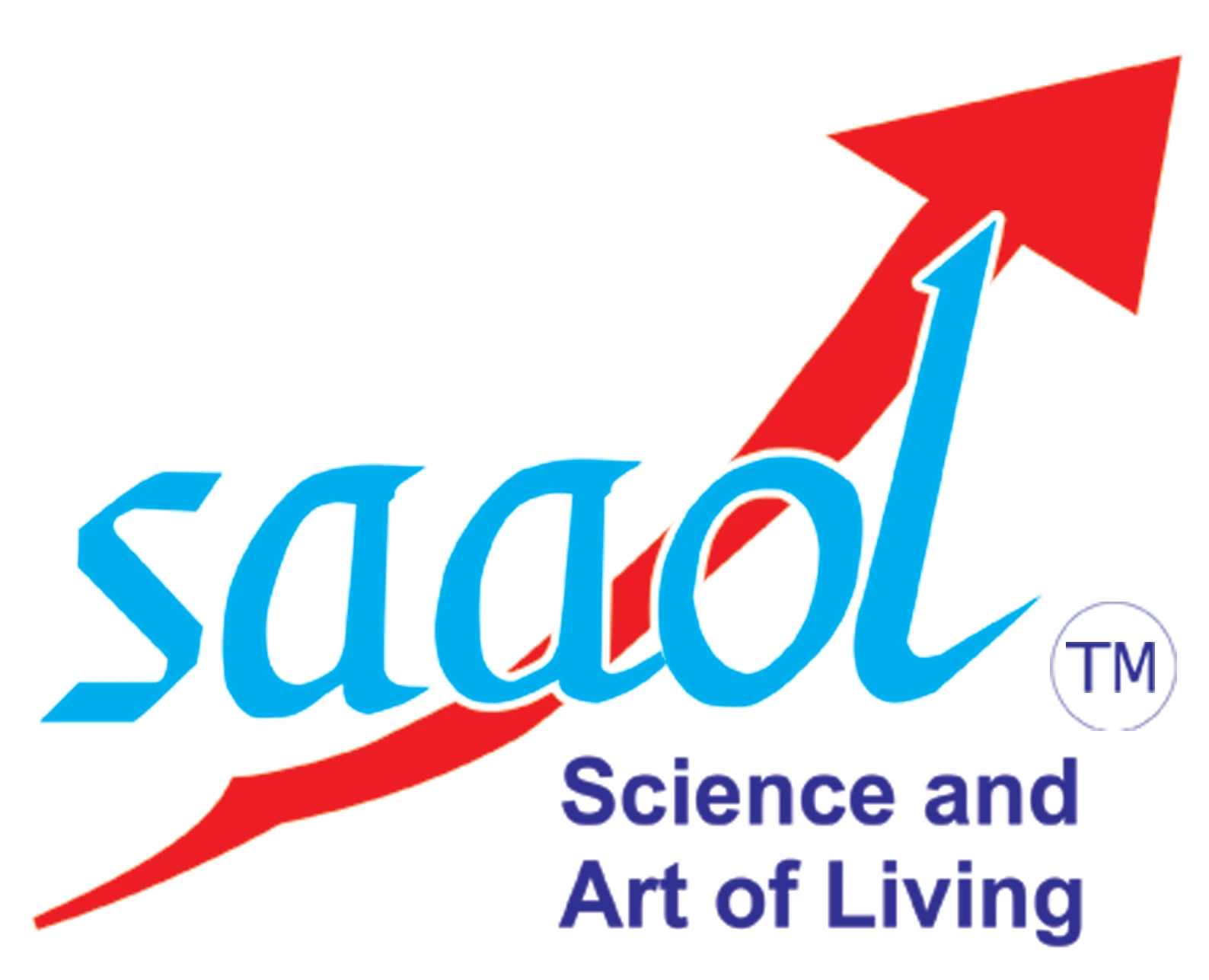The Definitive Guide to Healthy Eating in Real Life
SAAOL
- March 31, 2022
- 3 Min Read

Healthy eating is important for multiple reasons. This includes providing energy to your body, acquiring necessary nutrients, lowering your disease risk, increasing your longevity, and promoting optimal mental and physical well-being. All the organs and tissues of the body need proper nutrition to work effectively by consuming the right amount of nutrients and calories to maintain an ideal weight.
Calories are an indicator of the energy content in the food. Following the food intake, these calories are consumed in any activity be it walking, thinking, or even breathing. It’s the food intake that offers the nutrients for the body to function properly. The importance of a healthy living plan also reflects on the correct intake of calories.
A balanced diet reflects healthy eating since it ensures your body has more energy, improved health, and also boosts the state of mind. Otherwise, one may be prone to diseases, infection, or exhaustion. The importance of nutritious food for children is particularly important since it decides upon the growth and development of a child.
What falls under a balanced diet?
Macronutrients are the main nutrients you get from any food which are carbohydrates, fats, and proteins. A balanced diet typically contains 50-60 percent carbohydrates, 12-20 percent proteins, and 30 percent fats. This comes from Diet diversity which means eating a variety of foods with each of these nutrients.
We must try to prioritize nutrient-dense foods:
Protein: Eggs, chicken, fish, or a plant-based option like tofu
Fat: Olive oil, nuts, seeds, nut butter, avocado, cheese, or full-fat yogurt
Fiber-rich carbs: Starchy options like sweet potatoes, oats, certain fruits, and beans or low carb fiber sources like asparagus, broccoli, cauliflower, and berries
Fruits and vegetables: are rich sources of natural fiber, vitamins, minerals, and other compounds that the body needs to function properly.
They are also low in calories and fats. Hence, we must consume vegetables like leafy greens, starchy vegetables; intake legumes like beans and peas; red and orange vegetables, and others like eggplant, etc. include grains such as whole grains and refined grains, for example, quinoa, oats, brown rice, barley, and buckwheat. Proteins are easily provided by beef and pork, chicken, fish, beans, peas, and legumes; dairy products such as low-fat milk, yogurt, cottage cheese, and soy milk. Staying hydrated is part of healthy eating, and water is the best way to stay hydrated.
Healthy eating must include a proper meal pattern comprising of a complete combination of food ingredients and quantities required for breakfast, lunch, snack, and dinner
The importance of a healthy lifestyle also comes along with eating rightfully which is eating in smaller portions, taking time to eat instead of rushing through the meals, reducing unhealthy snacks, and also curbing emotional eating or Binge eating. This needs to be supported with an active body and an adequate amount of sleep. You should limit your intake of ultra-processed foods and drinks like candy, soda, and sugary cereals, processed meats, ice-cream, fried foods, highly processed, packaged snacks, etc.
Saaol, Science and Art of Living brings over 26 years of experience and has penetrated not just across the length and breadth of the country with its 100 centers but also made international footprints. Saaol has pioneered in Non-Invasive Heart Treatment and over the years developed holistic, comprehensive, affordable, and sustainable treatments programs for patients.
Find your nearest center and book your appointment at https://saaol.com/
